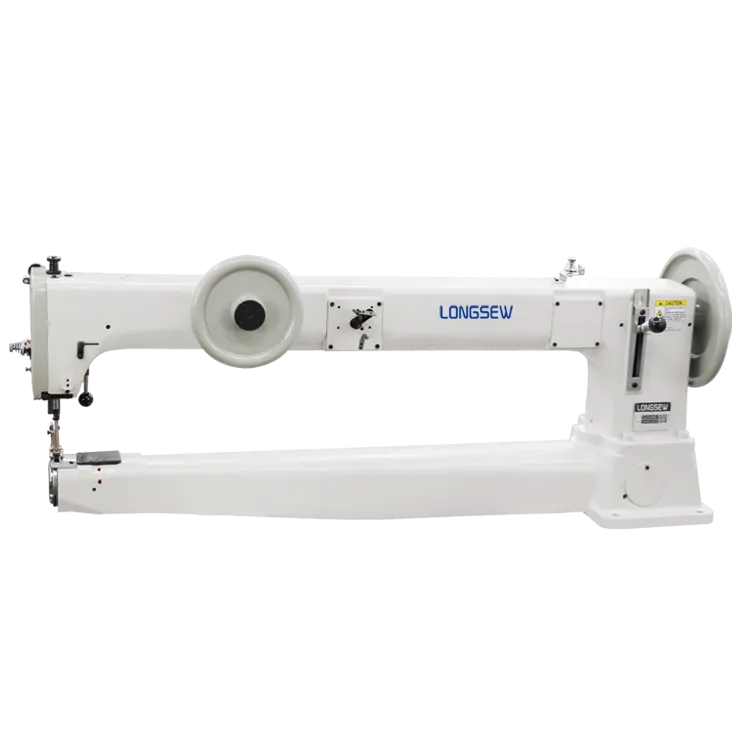Exploring the Differences Between Industrial Sewing Machines and Overlockers for Professional Sewing Needs
The Importance of Industrial Sewing Machines and Overlockers in Modern Textile Manufacturing
In the fast-paced world of textile manufacturing, efficiency and precision are paramount. Industrial sewing machines and overlockers are indispensable tools that have revolutionized the way garments and other textile products are produced. These machines not only enhance productivity but also ensure high-quality outputs, which are crucial for meeting the ever-growing demands of the fashion industry.
Industrial Sewing Machines A Backbone of Textile Production
Industrial sewing machines are specifically designed for high-volume production, capable of sewing various types of materials with remarkable speed and accuracy. Unlike their domestic counterparts, these machines are robust, durable, and built to withstand long hours of operation. There are several types of industrial sewing machines, each serving a specific purpose. For instance, lockstitch machines are popular for general sewing, while zigzag machines are used for decorative stitching and finishing edges.
One of the key advantages of industrial sewing machines is their ability to perform tasks quickly. Manufacturers can produce garments at a much faster rate, significantly reducing labor costs per unit. This efficiency is vital in an industry where time-to-market can determine the success or failure of a product. Additionally, industrial sewing machines are equipped with advanced features such as automatic thread tensioning and programmable stitching sequences, which further boost productivity and consistency.
Overlockers Precision and Finishing Touches
While industrial sewing machines are essential for constructing garments, overlockers play a crucial role in finishing and securing the edges of fabrics. These specialized machines sew over the edge of the fabric, preventing fraying and giving garments a professional look. Overlockers can trim excess fabric while simultaneously stitching, making them incredibly efficient for tasks like hemming and seaming.
industrial sewing machine and overlocker

The versatility of overlockers allows them to handle a wide range of fabrics, from lightweight knits to heavy denim. This adaptability is particularly important as fashion trends shift and materials evolve. With the rise of stretchy, knit fabrics in fashion, overlockers have become increasingly important in ensuring the comfort and durability of garments.
Synergy in Production
The integration of industrial sewing machines and overlockers in textile production creates a seamless workflow that enhances overall quality and efficiency. In a typical manufacturing environment, garments are first sewn together using industrial sewing machines, followed by finishing touches with overlockers. This combination ensures that all seams are secure and visually appealing, meeting the high standards expected by consumers.
Moreover, the use of these machines allows for greater design flexibility. Fashion designers can experiment with different stitching techniques and fabric combinations, knowing that the right equipment is available to bring their visions to life. This creative freedom is essential in an industry that thrives on innovation and new trends.
Conclusion
In conclusion, industrial sewing machines and overlockers are vital components of modern textile manufacturing. Their roles in enhancing productivity, ensuring quality, and allowing for creative expression cannot be understated. As the fashion industry continues to evolve, the importance of these machines will only grow, paving the way for advancements in efficiency and design capabilities. Manufacturers must invest in the latest technology and training to keep pace with the demands of the market, ensuring that they remain competitive in an ever-changing landscape.
-
Leather Sewing Machine: The Industrial Standard for Tough MaterialsNewsJul.18,2025
-
Sail Making Machine: Heavy-Duty Stitching for Industrial and Marine NeedsNewsJul.18,2025
-
Sling Sewing Machine: The Backbone of Heavy-Duty FabricationNewsJul.18,2025
-
Leather Sewing Machine: Precision for Heavy-Duty StitchingNewsJul.18,2025
-
Big Bag Sewing Machine: Powering the Future of Bulk PackagingNewsJul.18,2025
-
FIBC Sewing Machine: Essential Equipment for Bulk Bag ProductionNewsJul.18,2025
-
Heavy Duty Leather Sewing Machine: A Must-Have for Professional LeatherworkNewsMay.28,2025





























